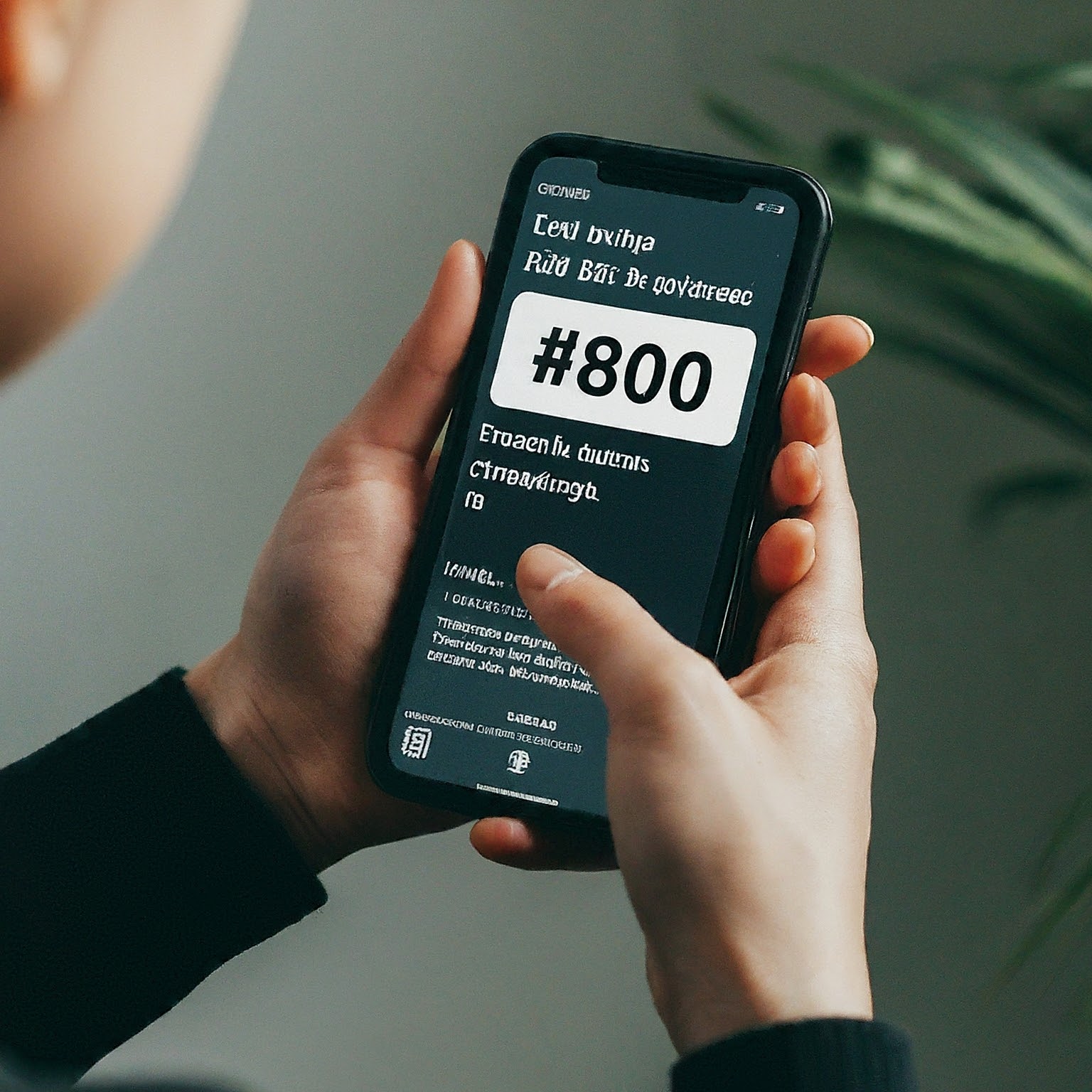The Rise of Toll-Free: A Historical Perspective
In the early days of telecommunications, long-distance calls were a luxury. The cost was prohibitive for many, especially businesses aiming to expand their reach. Then, in 1967, the code 800 was introduced, revolutionizing how companies interacted with customers.

This toll-free area code, part of the North American Numbering Plan (NANP), meant businesses could shoulder the cost of the call, enticing customers to dial in for inquiries, orders, or support. This simple shift had a profound impact on customer service, sales, and brand reputation.
Code 800’s Enduring Appeal in the Digital Age
With the rise of the internet and smartphones, one might assume code 800 numbers would fade into obscurity. However, these toll-free lines remain remarkably relevant. Here’s why:
- Trust and Credibility: A code 800 number often signals a legitimate business. Customers feel more comfortable contacting a company they perceive as established.
- National Reach: Unlike traditional area codes, code 800 isn’t tied to a specific location. It gives businesses a national presence, ideal for companies operating across multiple states or regions.
- Professionalism: Many customers still prefer voice communication, especially for complex issues. A dedicated code 800 line conveys professionalism and a commitment to customer service.
- Data Collection: Toll-free numbers can integrate with sophisticated call tracking and analytics systems. This data provides valuable insights into customer behavior, peak call times, and marketing campaign effectiveness.
The Evolution of Code 800: Beyond Basic Calls
Today’s code 800 numbers are far more than just a way to make a phone call. They’ve evolved into powerful communication tools with a wide range of features:
- Vanity Numbers: Businesses can choose memorable, easy-to-recall vanity numbers (e.g., 1-800-FLOWERS).
- Call Routing: Calls can be intelligently routed based on time of day, caller location, or the purpose of the call.
- Interactive Voice Response (IVR): Automated menus guide callers to the right department or information, improving efficiency.
- Voicemail to Email: Voicemails can be transcribed and sent to email inboxes for convenient access and archiving.
The Future of Code 800: Embracing New Technologies
While code 800 numbers have a strong legacy, they’re not stagnant. They’re adapting to new technologies and customer expectations.
- Integration with Mobile Apps: Businesses can link their code 800 numbers to mobile apps, allowing customers to click-to-call directly from their smartphones.
- Texting Capabilities: Some providers offer SMS-enabled code 800 numbers, allowing for text-based interactions.
- Social Media Integration: Businesses can promote their code 800 number on social media platforms, encouraging customer engagement.
- AI and Chatbots: In the future, code 800 lines might be integrated with AI-powered chatbots to handle routine inquiries and provide 24/7 support.
The Case for Keeping Code 800 Alive
Despite the digital transformation of communication, code 800 continues to offer unique advantages for businesses and consumers alike.
For businesses, code 800 remains a cost-effective way to enhance customer service, build brand loyalty, and gain valuable insights. For consumers, it provides a reliable, familiar way to connect with companies, especially for important matters.
As technology continues to evolve, so too will code 800. But its core value – facilitating clear, accessible communication between businesses and their customers – will remain as vital as ever.
لا تعليق